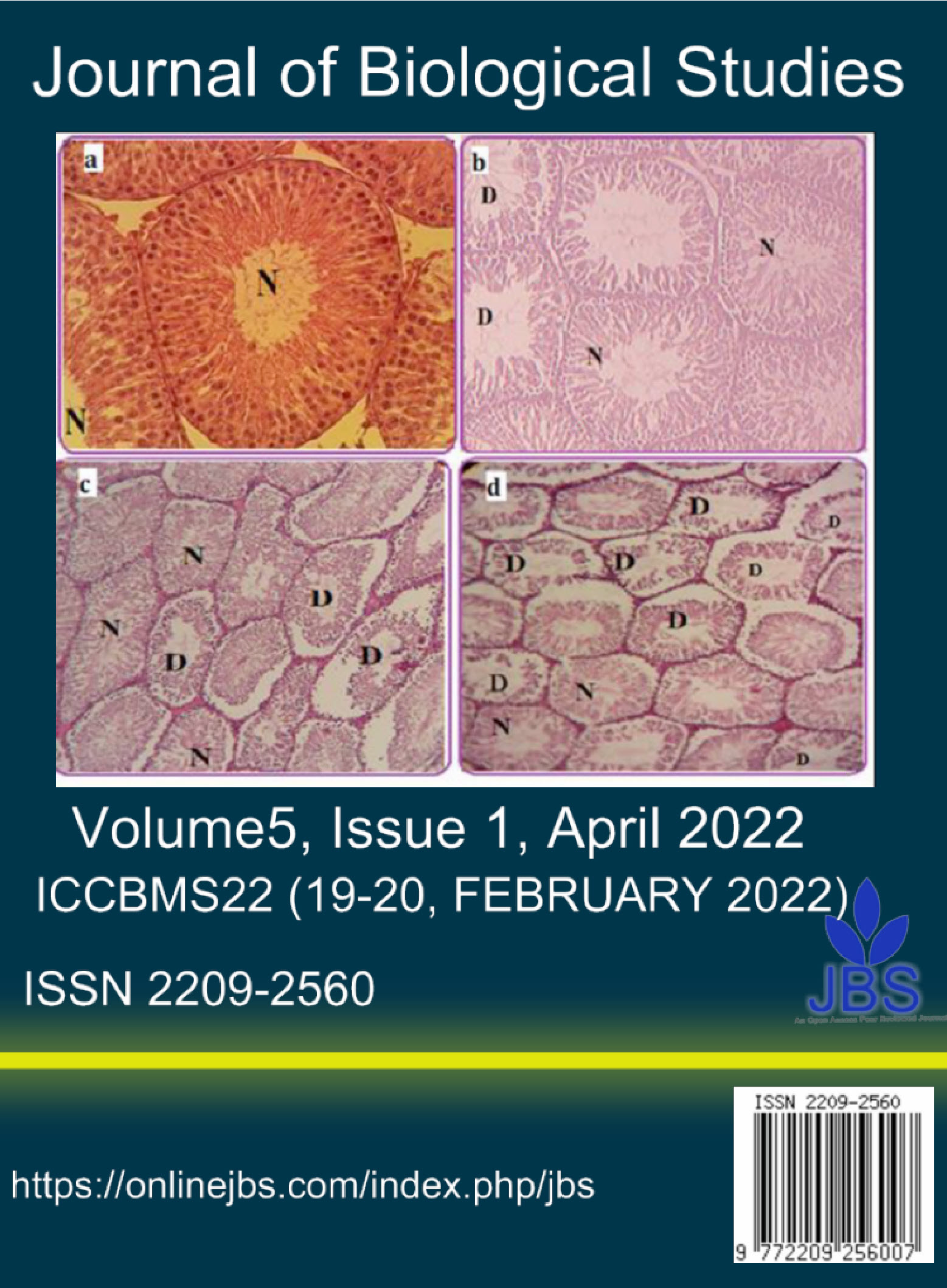Production and properties of Irpex lacteus cellulase and xylanase
Main Article Content
Abstract
This study aimed to characterize the cellulolytic system of Irpex lacteus BCC 104 isolated from the forest of Georgia. The results obtained showed that the expression of endoglucanase and xylanase synthesis in this fungus is inducible in the presence of cellulose-containing growth substrates. Among them, crystalline cellulose appeared to be the best carbon source providing the highest endoglucanase (48.0 U/mL), total cellulase (7.6 U/mL), and xylanase (68.4 U/mL) activities. Supplementation of the Avicel-induced culture with 0.5 or 1% glycerol caused catabolite repression of the cellulase and xylanase formation by I.lacteus BCC 104. The enzyme synthesis resumed only after the depletion of easily metabolizable carbon source from the medium. The crude enzyme obtained after the cultivation of I. lacteus in the fermenter and used for saccharification of pretreated wheat straw (40 mg/mL, FPA load 20 U/g substrate) yielded 10.7 mg reducing sugars/mL (32.2% from the theoretically possible). CMCase and xylanase were purified 31- and 34-fold and characterized. The optimum pH for both enzyme activities was found to be 5.0; at pH 5-6, they retained 60% of their initial activity after incubation at 30°C for 48 h. CMCase expressed maximum activity at 50°C while xylanase – at 55°C. Half-inactivation periods of endoglucanase and xylanase during incubation at 60°C were 60 min and 150 min, respectively.
Article Details

This work is licensed under a Creative Commons Attribution 4.0 International License.
